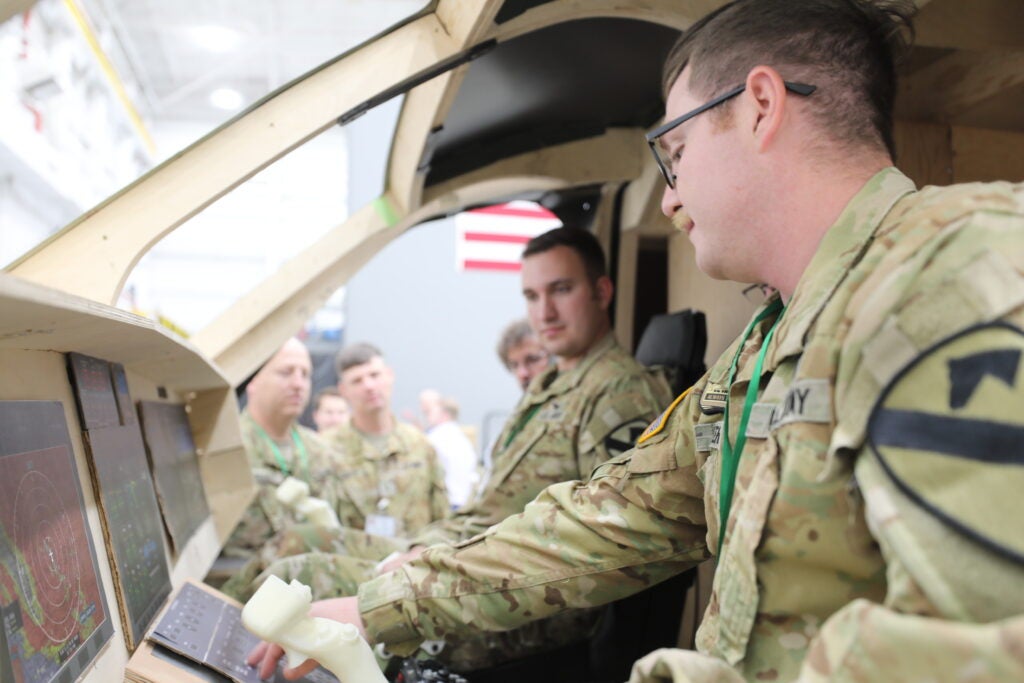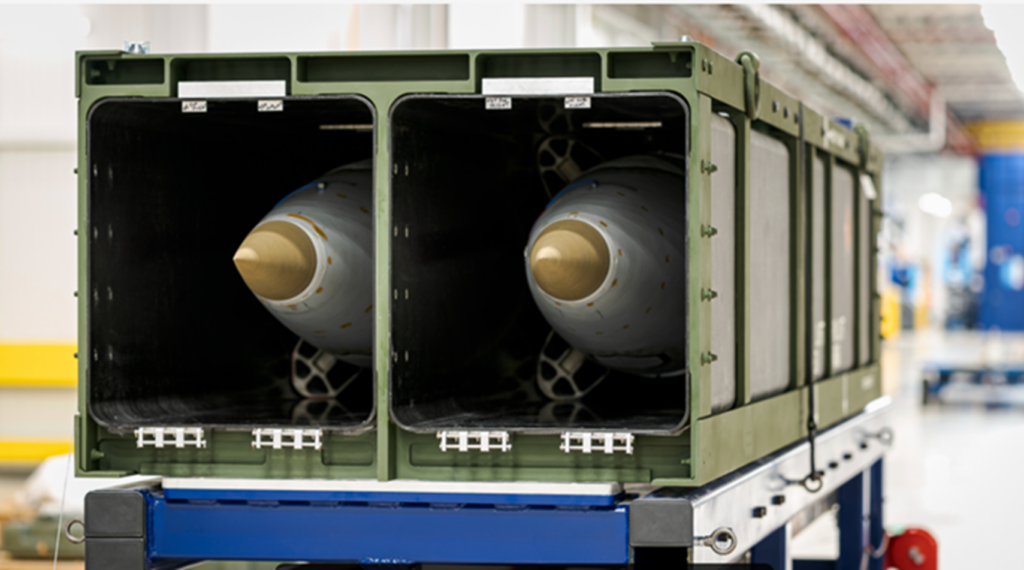U.S. Army Lays Out New Priorities And Cuts Under Army Transformation Initiative
The United States Army announced its “comprehensive transformation strategy” on May 1, with the Army Transformation Initiative intended to deliver capabilities faster, “optimize” the Army’s force structure, and eliminate “obsolete” systems.
In a joint letter to the force announcing the initiative, Army Chief of Staff Randy A. George and Secretary of the Army Dan Driscoll said the initiative was a “first step”. “We have already directed a second round of transformation efforts to be delivered in the coming months.”
The initiative prioritizes the fielding of long-range missiles and modernized unmanned aerial systems into formations, fielding the M1E3 main battle tank to replace current M1A2s, continuing development of the Future Long-Range Assault Aircraft, and closing the counter-small unmanned aerial systems capability gap. Another priority is integration of artificial intelligence into command and control nodes “to accelerate decision-making and preserve the initiative.” “Agile funding, which shifts from program-centric to capability-based portfolios, will increase timely equipment fielding and accelerate innovation cycles.”

Under the proposed force structure changes, Army Futures Command and Training and Doctrine Command will be merged into a single command that “aligns force generation, force design, and force development under a single headquarters”, while Forces Command will “transform” into Western Hemisphere Command through the consolidation of Army North and Army South. 1000 staff positions at Headquarters, Department of the Army, will be cut, while general officer positions will be “trimmed”.
Active duty Combat Aviation Brigade will see one Aerial Cavalry Squadron cut per brigade, while all Infantry Brigade Combat Teams will be converted to Mobile Brigade Combat Teams “to improve mobility and lethality in a leaner formation.” “We are trading weight for speed, and mass for decisive force.”
The initiative will also cancel procurement of “outdated” crewed attack aircraft such as the AH-64D (the Army is currently ordering AH-64Es largely remanufactured from existing AH-64Ds), “excess” ground vehicles like the HMMWV and JLTV, and “obsolete” UAVs like General Atomics’ MQ-1C Gray Eagle. “We will also continue to cancel programs that deliver dated, late-to-need, overpriced, or difficult-to-maintain capabilities. Yesterday’s weapons will not win tomorrow’s wars.”

